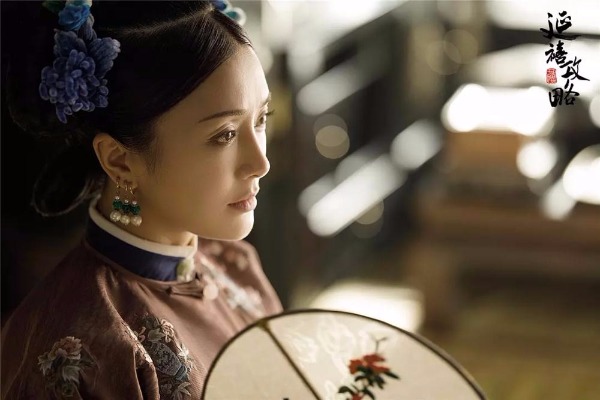 |
Story of Yanxi Palace has combined traditional Chinese culture with such ideas as the rise of feminism, which to a large extent sparked the young generation’s interest in classics and history.[Photo provided to China Daily] |
A seminar was held on Nov 15 to discuss the mission of films and dramas in passing down traditional Chinese culture by analyzing the social influence and dissemination effect of the mega-hit drama Story of Yanxi Palace.
The online series, which was released on iQiyi, China’s major video-streaming platform, has not only triggered nationwide discussion on its plot, but also showcased the charm of traditional Chinese culture and boosted the number of visitors to the Palace Museum.
Some of the costumes and props used in the drama are delicate reproductions of the original ones in Qing dynasty. For instance, the moon-shaped fans used by imperial concubines are decorated by using kesi, a traditional silk-weaving technique in Jiangsu province’s Suzhou and the headdresses worn by imperial concubines are velvet flowers made by local craftsmen in Nanjing.
Besides, the series also showcases the fireworks performance of Dashuhua or striking iron flowers in the series.
Yin Hong, professor from the school of journalism and communication at Tsinghua University, said the historical drama has combined traditional Chinese culture with such ideas as the rise of feminism, which to a large extent sparked the young generation’s interest in classics and history.
Qi Yalin, executive director of the media department at University of Chinese Academy of Social Sciences, said the popularity of the series has reflected Chinese people’s cultural identity and confidence.
At the seminar, experts also pointed out shortcomings of the drama, urging Yu Zheng, producer of the show, and his team to improve the quality of their works and take the mission to spread Chinese culture via films and dramas.
Yu said several series featuring Peking Opera, Chinese cuisine, traditional architecture and Chinese medicine were shot by his team.